Description
A Nested Tree Map chart is a data visualization tool that represents hierarchical data structures using nested rectangles or squares. Similar to a traditional Tree Map chart, each rectangle in a Nested Tree Map represents a node in the hierarchy, with the size of the rectangle proportional to a quantitative value associated with that node. However, unlike a traditional Tree Map chart, which only allows one level of nesting, a Nested Tree Map chart allows for multiple levels of nesting, with smaller rectangles nested within larger ones to represent sub-categories or sub-groups within each category. The hierarchy is visually depicted by the arrangement and nesting of rectangles within one another, with each level of the hierarchy represented by a different layer or level of rectangles. Nested Tree Map charts are useful for visualizing complex hierarchical data structures and analyzing the distribution of values within the hierarchy. They provide an intuitive representation of the hierarchical relationships between different categories or groups within a dataset, allowing users to quickly grasp the relative sizes and relationships between different nodes in the hierarchy. Additionally, Nested Tree Map charts can be interactive, allowing users to explore and interact with the hierarchical data by zooming in or clicking on individual rectangles to reveal more detailed information. These charts are commonly used in fields such as data analysis, finance, and marketing, where hierarchical relationships are prevalent and understanding the structure of the data is essential for analysis and decision-making.
Uses:
- Hierarchical Data Visualization: Nested Tree Map charts are primarily used to visualize hierarchical relationships between data points or entities.
- Portfolio Analysis: They are employed in finance to visualize portfolio allocations across different asset classes, sectors, or geographic regions.
- Organizational Structure: Nested Tree Map charts help visualize hierarchical organizational structures, including departments, teams, and reporting relationships.
- Product Hierarchies: They are used in retail and manufacturing to visualize product hierarchies, including categories, subcategories, and product lines.
- Website Navigation: Nested Tree Map charts aid in designing and optimizing website navigation by visualizing site structure and page hierarchies.
- Resource Allocation: They assist in visualizing resource allocations, such as budget, manpower, or equipment, across different projects, departments, or initiatives.
- Market Segmentation: Nested Tree Map charts are used in market analysis to visualize market segmentation, including customer demographics, preferences, and purchasing behavior.
- Supply Chain Management: They help visualize supply chain networks, including suppliers, manufacturers, distributors, and retailers.
- Data Classification: Nested Tree Map charts aid in data classification by visualizing hierarchical relationships between data categories, attributes, and subgroups.
- Geospatial Data: These charts can be used to visualize hierarchical geospatial data, such as administrative boundaries, land use categories, or ecological zones.
Purposes:
- Hierarchical Visualization: The primary purpose of Nested Tree Map charts is to visualize hierarchical relationships and structures in data.
- Data Analysis: They facilitate data analysis by providing insights into the hierarchical distribution of values within a dataset.
- Pattern Recognition: Nested Tree Map charts help identify patterns, trends, and anomalies within hierarchical data sets.
- Comparison: They facilitate comparison of different hierarchical structures or categories by visualizing their relative sizes and relationships.
- Resource Optimization: These charts assist in optimizing resource allocation and utilization by visualizing hierarchical resource distributions.
- Decision Support: Nested Tree Map charts provide insights to support decision-making processes related to resource allocation, portfolio management, and organizational planning.
- Knowledge Discovery: They facilitate knowledge discovery by revealing insights, relationships, or clusters within complex hierarchical data sets.
- Visualization: Nested Tree Map charts serve as visualization tools for presenting hierarchical data structures in a visually intuitive and interpretable format.
- Interactive Exploration: They allow users to interactively explore hierarchical data structures by zooming in, clicking on individual rectangles, or expanding/collapsing levels of the hierarchy.
- Communication: Nested Tree Map charts serve as communication tools for presenting complex hierarchical data structures to stakeholders, clients, or colleagues in a clear and understandable
Only logged in customers who have purchased this product may leave a review.

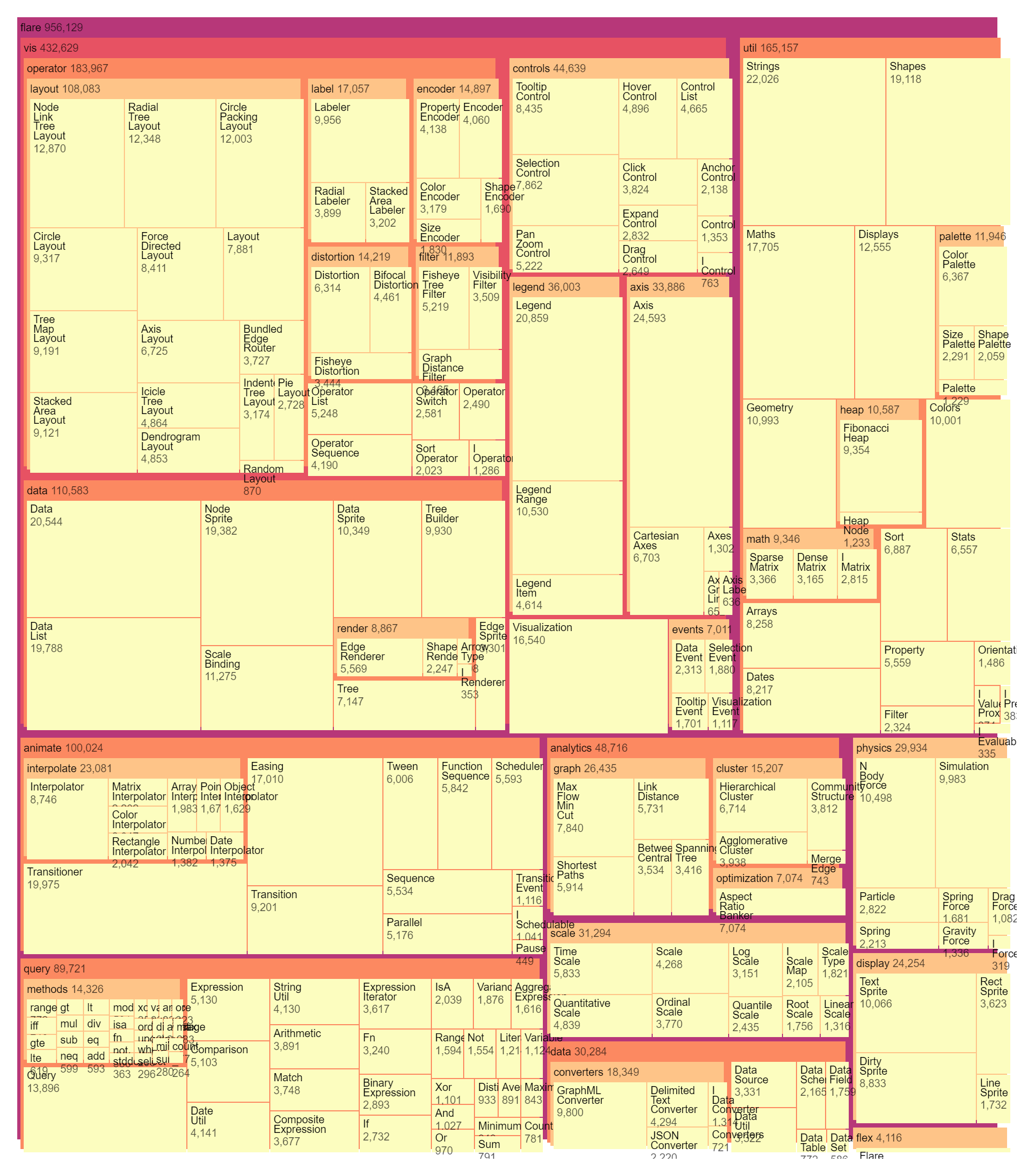
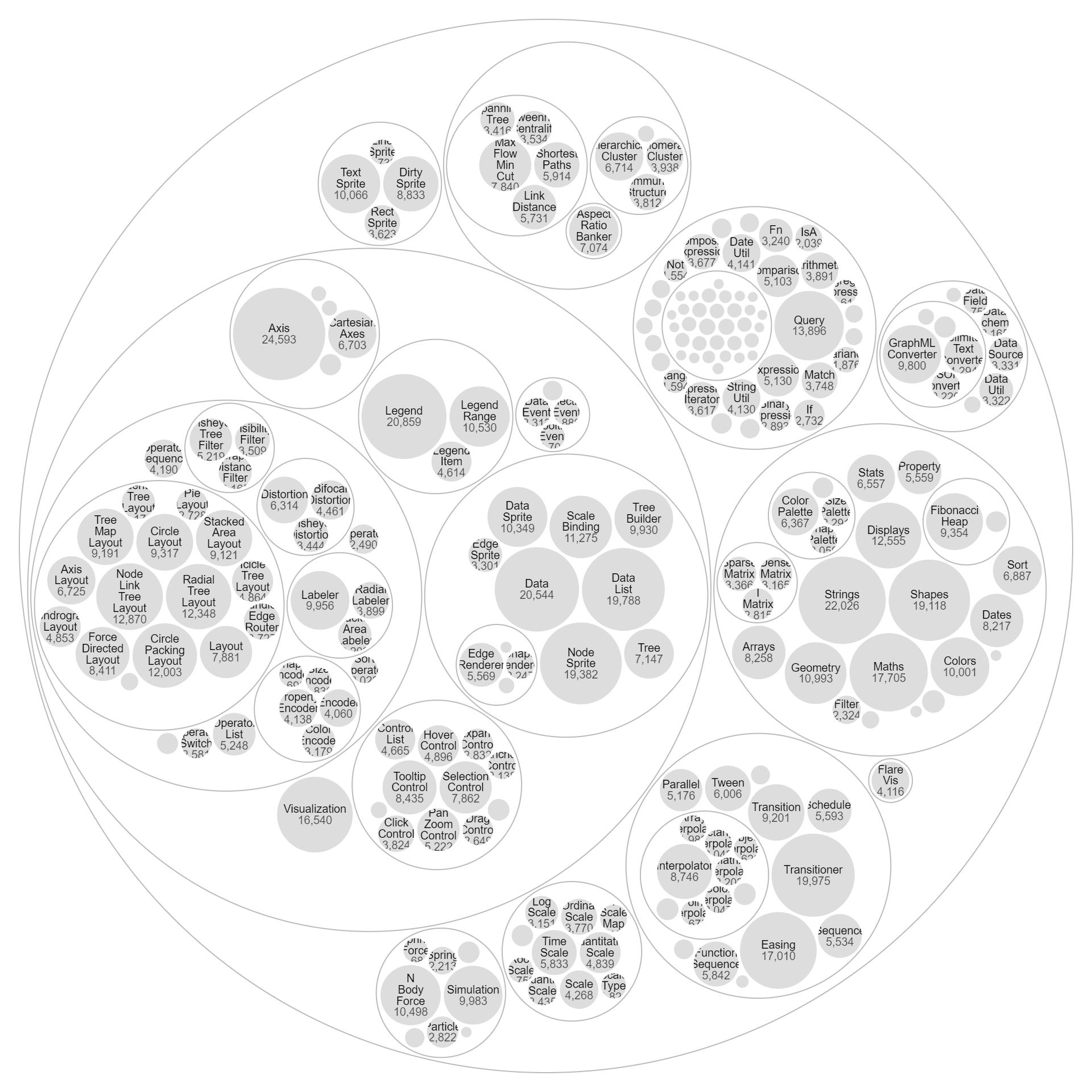
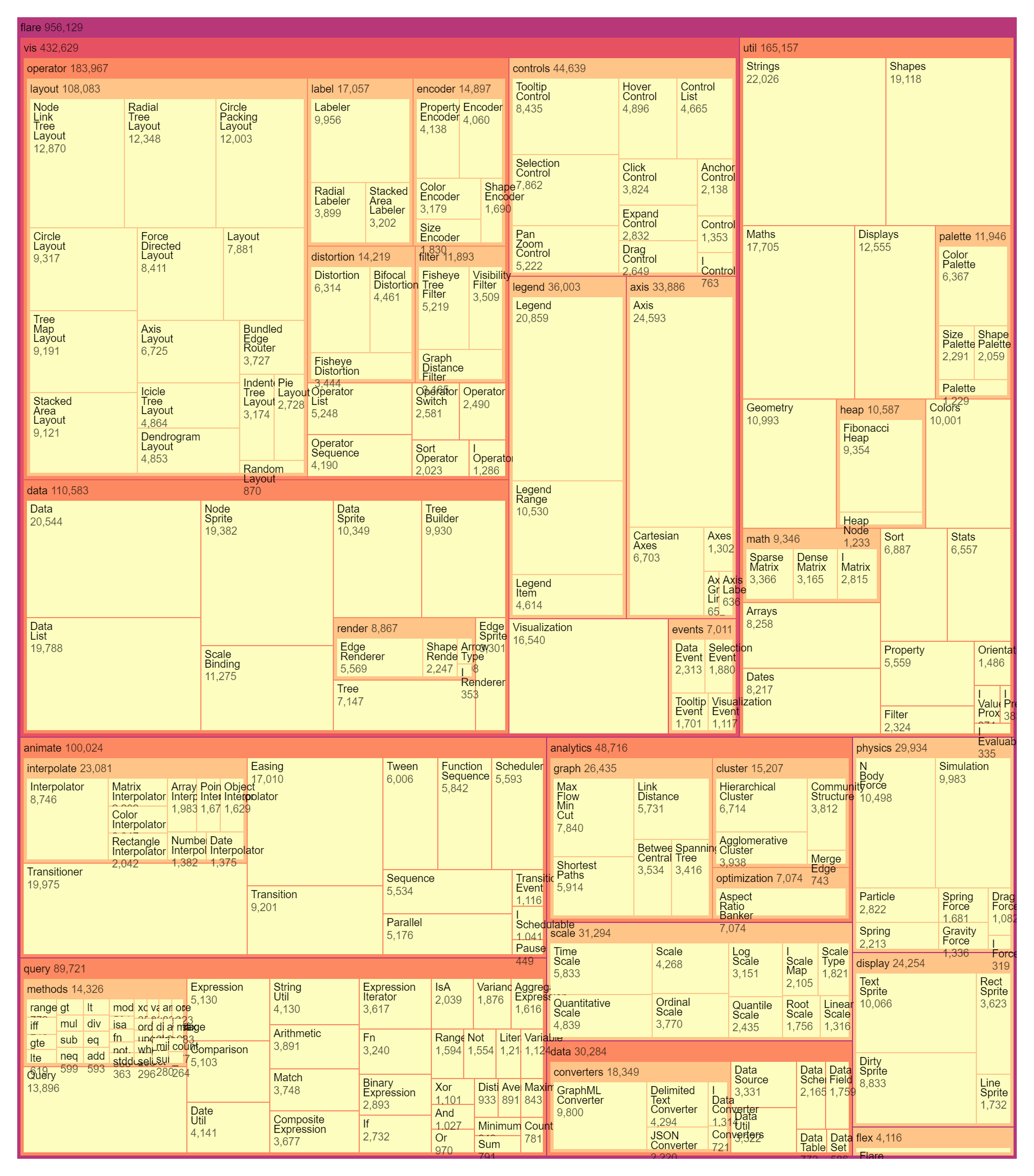
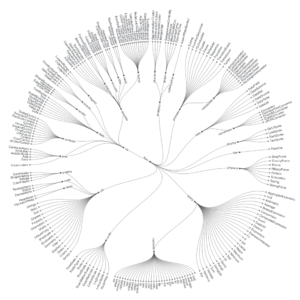
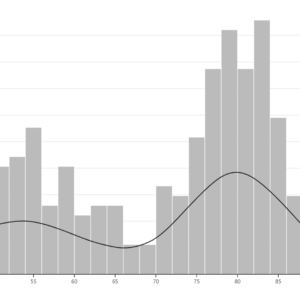
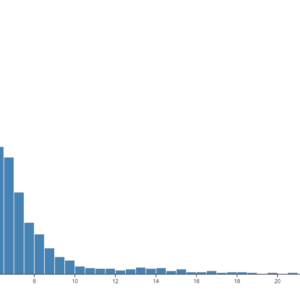
Reviews
There are no reviews yet.